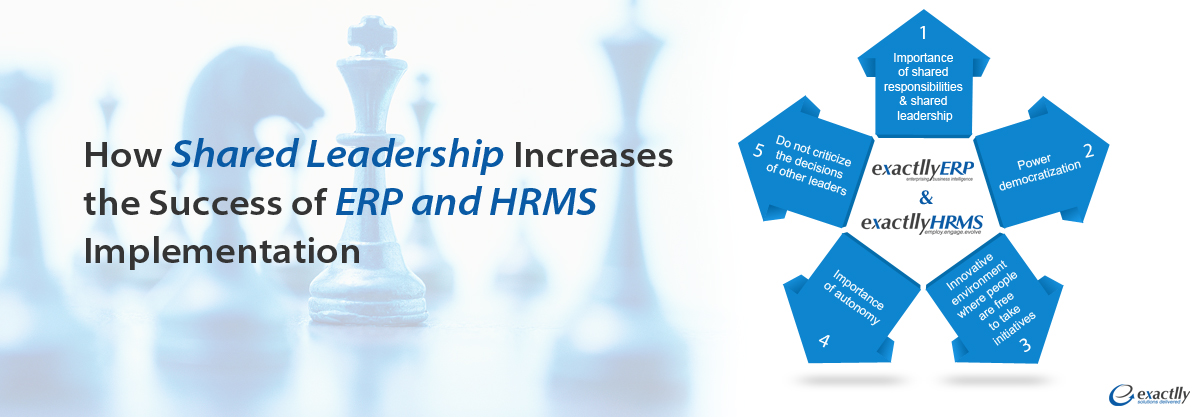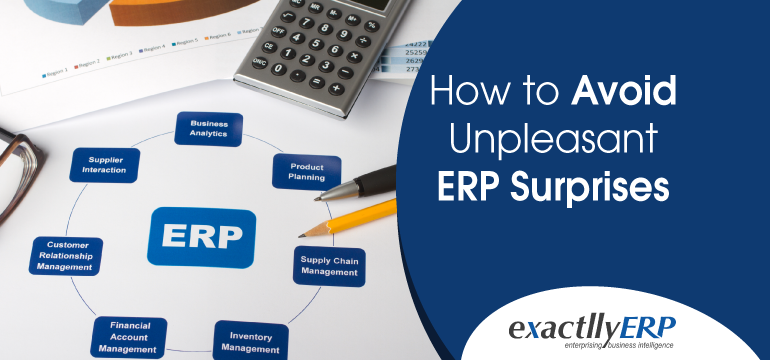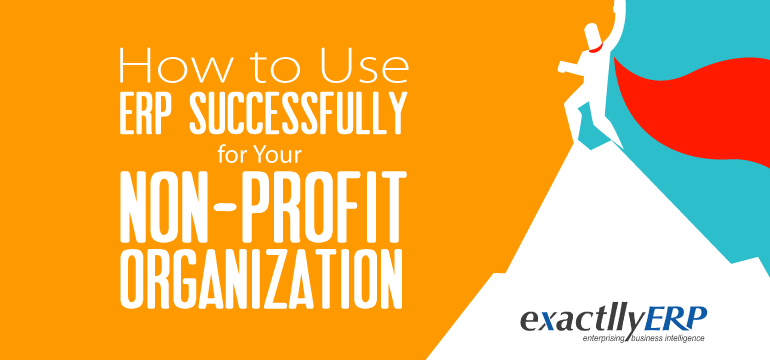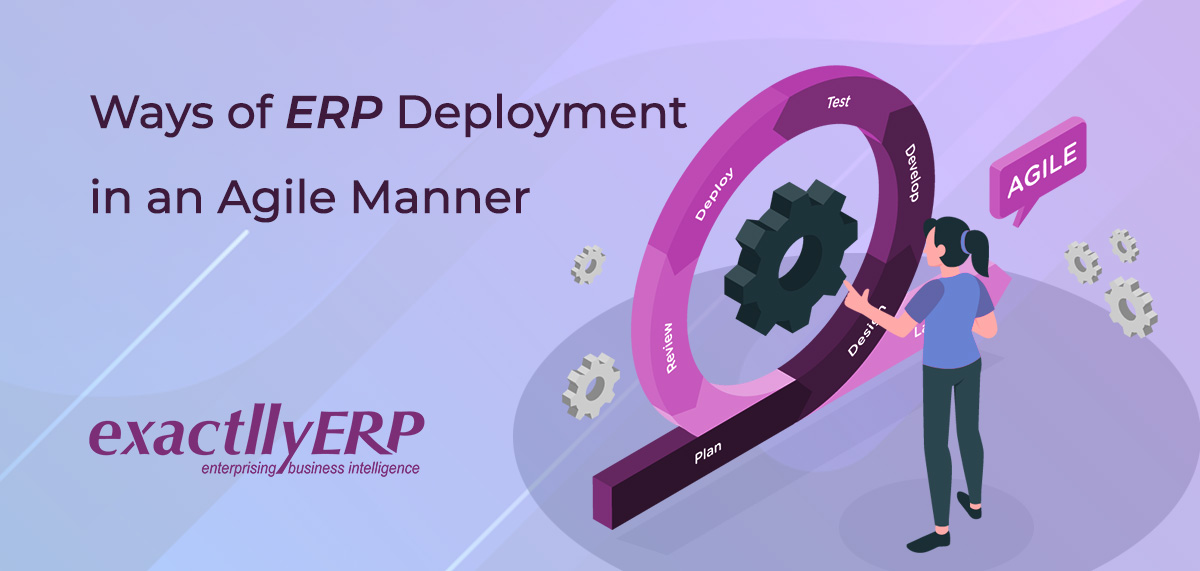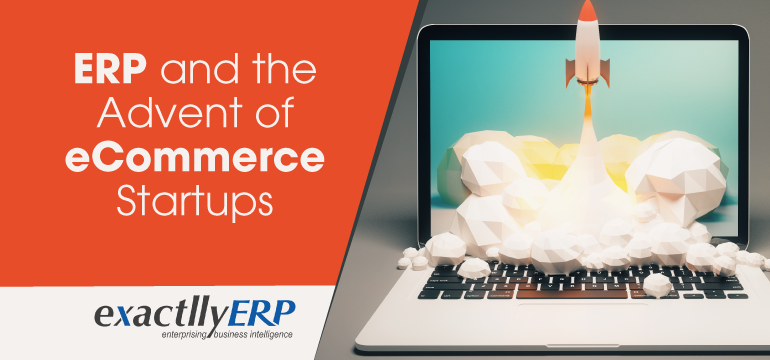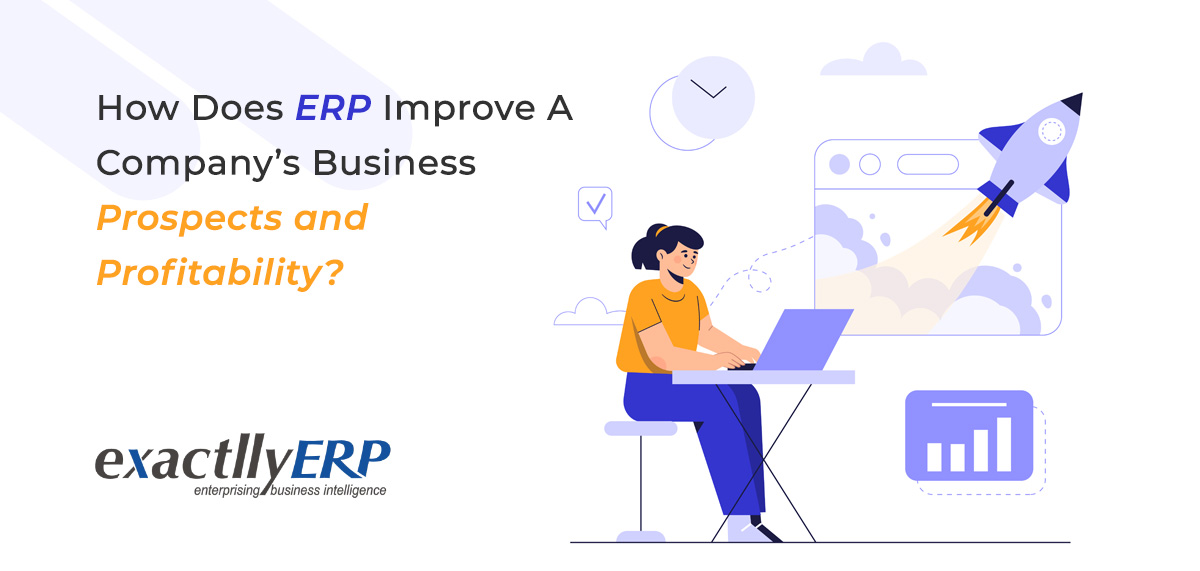What Are the Hidden Costs of ERP?
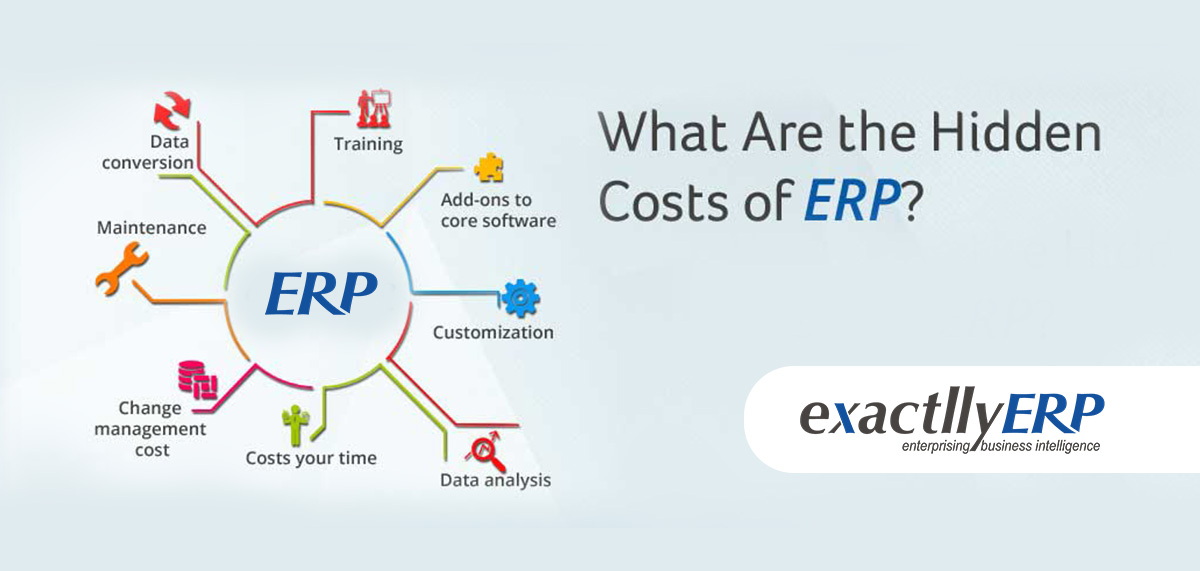
Hidden Costs of ERP
Implementing an ERP system brings about a revolution in your organization by improving the way you work. It needs perseverance on your part to make it a success. ERP projects demand both time and money. While ERP vendors will help you in determining the outright cost of setting up the system, they will fail to highlight the latent costs associated with ERP implementation. Such costs trouble you in the long run if you don’t see them coming and in worst cases, these costs become responsible for relinquishing the project itself.
Let us have a close look at the hidden costs of ERP Projects:
Training:
ERP is a vast and complex software system. Not only does it improves existing business processes but infuses new business processes into the system. Your employees need formal training to run the system and get acquainted with the new processes. Your key employees need training for analyzing the operations and gaining valuable insight. ERP system requires your staff to attain interdepartmental knowledge to function smartly and look at the bigger picture.
The staff in the production department should be well aware of the happenings in the sales department. Such correlation among all the departments is indispensable for successful implementation. Furthermore, training requirements extend much beyond the implementation phase. The ability to self-handle new modules and modifications requires enhanced training for ERP staff.
Add-ons to the Core Software:
Add-on software offers auxiliary functionalities added to your ERP system to meet your exact business needs. The ERP systems available in the market are precise for most of your needs, but somewhere fail to differentiate your business from others. Every business and industry has its own set of requirements and regulatory standards, add-ons make your business more compatible with ERP. They make your ERP system industry-specific. Not all add-ons work with all ERP systems. You have to do research to find out the compatibility and integration capability.
Some of the add-ons include GPS tracking, sales tax compliance, cloud expense reimbursement, integration to shipping, credit card processing etc. There is an add-on available for every type of need depending upon your industry and the size of your organization. You can even get a tailor-made add-on. Depending upon your choice, the price varies.
Customization:
It is difficult to find an ERP system that needs no customization. Every system needs a controlled tweak to match your organizational needs. The problem with too much customization is that it shrinks the effectiveness of the ERP system and it is rendered no better than your existing system. Default ERP software gets easy upgrades but the complexity arises when customized ERP systems need an upgrade. So, you must consider the ramification of customization to avoid overspending during system upgrades.
Data Conversion:
Like any other software, an ERP system to runs on data. But the data interconnectivity gains a lot of prominences here. Data from one department impacts and is visible to the other department. There is a seamless flow of information across the organization. Companies often forget about the task of data conversion.
Piles of business data are accumulated in various files, systems and software over the years. In order to run the ERP system, you need to extract useful information from old files and directories to integrate it into a centralized data storage system. You have to incur expenses to convert these files and feed them into standardized spreadsheets.
Data Analysis:
Data analysis is one of the critical aspects of an ERP system. The actual benefit of ERP is realized when such analysis is utilized to improve the quality of business processes, cut down redundant processes and take strategic decisions. ERP has the capacity to handle almost every aspect of the organization like financial management, payroll, inventory management, billing, accounting etc, but what modules you chose to configure depends upon your need.
It is quite possible that a significant amount of information is outside ERP. For a better decision making process and insight, you need to analyze the relationship between external and internal data. Data analysis expenses are incurred when you use a combination of external tools and research methodologies to get meaningful results.
Retraining talent after ERP Implementation:
ERP makes significant changes in your employee base. Many employees are resistant to ERP systems because they don’t want any change in their way of working. ERP needs rigorous skill-set training, more responsibility and accountability to prove their worth within the organization. During implementation, there is constant support from the ERP vendors and project managers to deal with day-to-day issues.
But as soon as the implementation phase is over which can prolong up to two years, your staff is left to fend for themselves. You need to take a decision whether to hire an expert or provide additional training to your core employees to train new employees and to deal with issues arising in business-as-usual mode.
Costs your Time:
The moment you start looking for an ERP system for your organization and till you reach the end of the implementation phase, you start giving a significant amount of time to it at the expense of marketing and other business activities. The wait for realizing benefits from the new system can be invariably long. It depends on many factors like your people, vendor, the type of software chosen, industry and organization demands. Thus, you cannot clearly observe the return on investment until long.
Change Management Cost:
ERP brings about substantial change in your organization. You have to pull up your resources and infuse energy into the system to keep up the spirit of the employees. You have to indulge in process re-design, deal with employee resistance and keep a check on employee turnover rate.
Apart from that, ERP has a sizeable impact on your suppliers and customers. Before you implement ERP, you have to carefully adjudge the flexibility with which you can manage both ends. The flow of information within the supply chain should not get obstructed due to changes in your organization. Moreover, there is a change in organizational structure with new roles and responsibilities for your employees.
Maintenance:
Despite the best software chosen, the ERP system needs periodic maintenance to fix the bugs as per the changing situation in the organization. There are functional and technical upgrades that must be done in order to keep the system efficiency at its best. Training documentation must be upgraded to add new functionalities to it. ERP system needs fine-tuning with time.
When the organization gets used to it, suggestions and feedback start pouring in from all departments which must be incorporated to improve the system performance. While short-term maintenance deals with routine issues, long-term maintenance is intended for strategic level decisions like adding new modules, increasing production capacity and a number of business units.
Conclusion:
Now that you know the hidden costs often overlooked associated with the ERP system, you are in a better position to make the decision for ERP implementation. The best way to account for all hidden costs is to make a long-term plan and make a cost estimate considering all the factors. Also, when you bear in mind all the hidden costs, you will avoid unpleasant surprises that your vendor didn’t warn you about. That brings us to another point. Choose a vendor who speaks to you honestly about the hidden costs of ERP. Wants to know more about exactllyERP? Feel free to Connect With Us and get a Free Demo.

